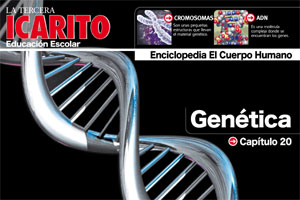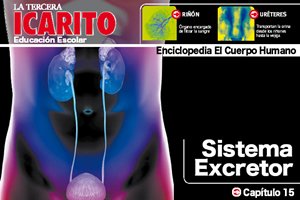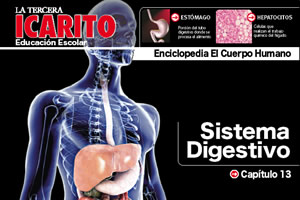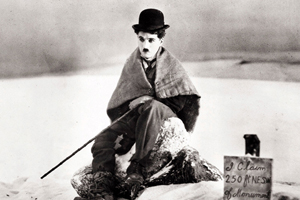Summaries
Genetics and DNA
– Heritage and variation make up the basis of genetics studies.Gregor Mendel’s investigations with peas contributed to help know how the physical characteristics were passed on from parents to children.
– Deoxyribonucleic acid (DNA) is a molecule that contains the genes that carry all of an organism’s genetic information.
Chromosomes and heritage
– Located in the nucleus of the cell, chromosomes are structures made up of DNA, RNA and proteins that carry the genetic material.
– Identical twins are the result of the fertilization of a single ovule that splits into two cells. On the other hand, fraternal twins are the product of the fertilization of two ovules and two sperms at the same time.
– Characteristics like weight, size, among others, are determined by groups of genes that act together as guidelines. This is known as polygenetic heritage.
– Cloning is a process that achieves people that are genetically identical to an adult organism asexually.
Genetic disorders
– Huntington’s disease is a disorder of the fourth chromosome, in which neurons are destroyed within the brain.
– Hemochromatosis is a pathology characterized by the excessive depositing of iron in the liver, causing its widening.
– Daltonism is a hereditary affliction that consists of the impossibility to distinguish colors.







 Nace Charles Chaplin
Nace Charles Chaplin